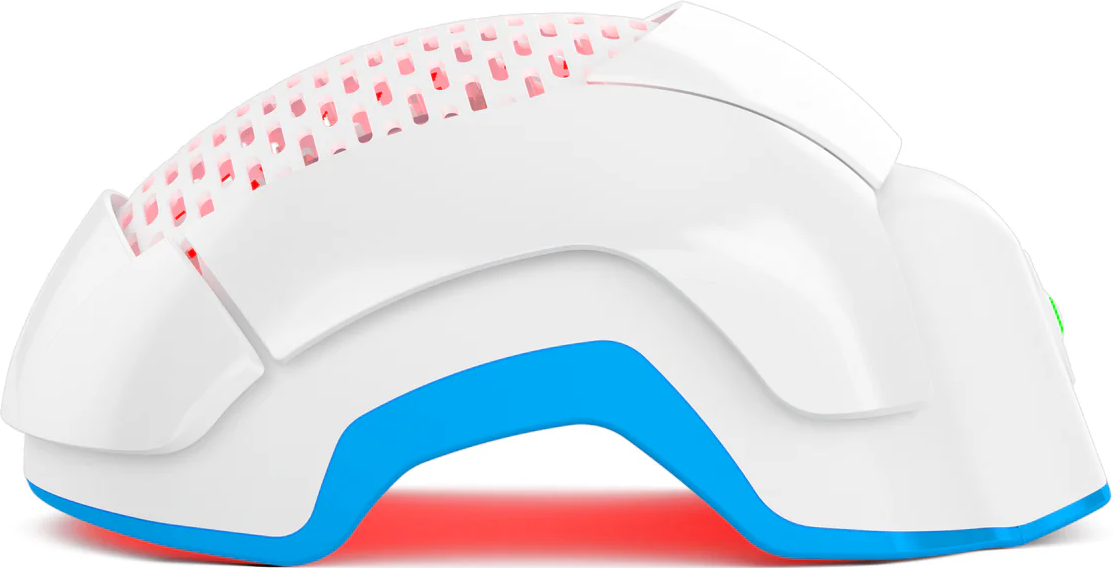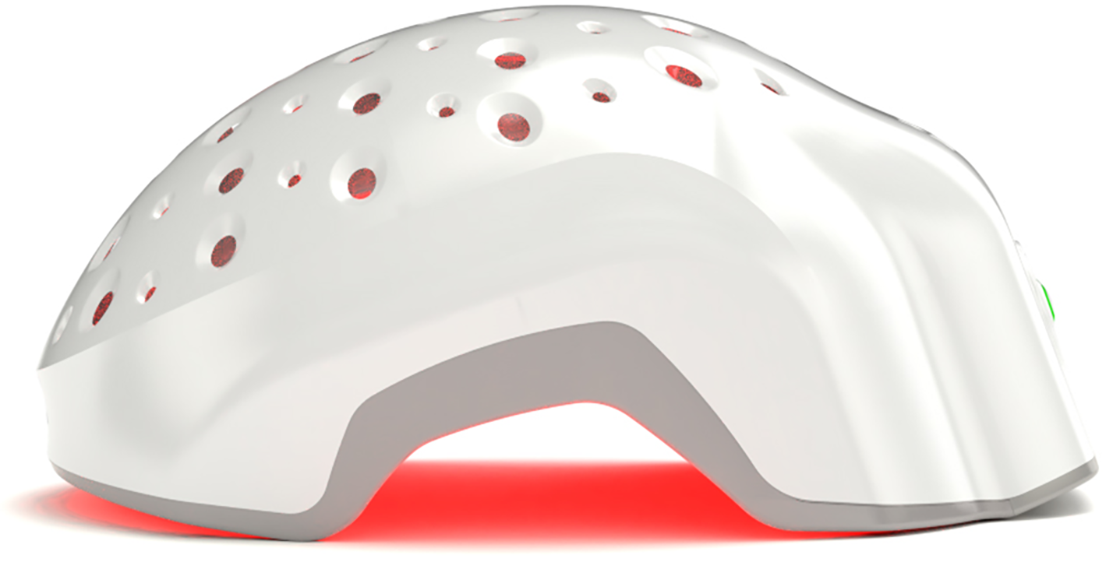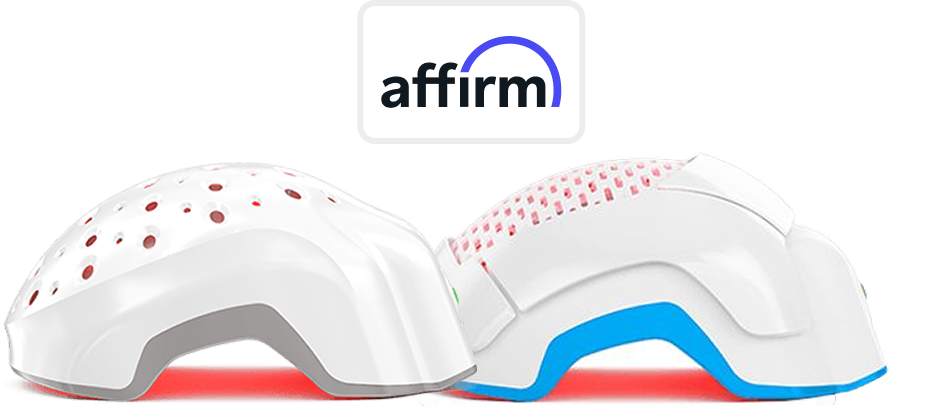Vitiligo doesn’t always stop at the skin — it can mess with your hair, too. This autoimmune condition targets melanocytes (a.k.a. the pigment-producing cells), which means anything that grows out of pigment-producing tissue — yes, including hair — can lose its color. So if you’re suddenly spotting white streaks in your beard, brows, scalp, or even chest hair, it’s not a coincidence. It’s depigmentation in action. And yes, it can throw people off, especially when it hits early or without visible skin patches.
So, can vitiligo affect hair?
Definitely — though it’s not always about hair loss. The bigger problem is… most people don’t know where the pigment ends and a potential hair loss issue begins.
What is Vitiligo?
Vitiligo is an autoimmune condition that wipes pigment-producing cells — melanocytes — off the map. When these cells vanish, they take melanin with them, leaving behind stark, depigmented patches of skin. The immune system, for reasons still being researched, mistakes melanocytes as invaders and starts an all-out attack. It’s not contagious, not infectious, and not life-threatening. But it is relentless. And often unpredictable.
Most people associate vitiligo with visible white patches on the hands, face, and limbs, but the loss of pigment isn’t exclusive to your skin. Vitiligo on scalp, eyebrows, eyelashes, beards, and even chest hair? Totally on the table. And that’s where things get more than just skin-deep. Hair follicles rely on melanocytes to provide color. Once those cells are gone, white strands are left behind. So, yes — this skin disorder can absolutely mess with your hair too.
How Does Vitiligo Affect Hair?
Pigment loss doesn’t stop at the skin. Hair grows from follicles embedded in the skin, and those follicles have their own melanocytes. When vitiligo targets the skin, it can hit the follicle, too. The result is white or gray hair growing from depigmented zones. Here’s how that plays out.
1. Loss of Pigment in Scalp Hair
When vitiligo affects the scalp, it leads to what’s often called “poliosis” — the appearance of white patches of hair. This isn’t your average graying process due to age or genetics. It’s abrupt and highly localized, and it happens because the melanocytes in those specific hair follicles get destroyed. The hair keeps growing — it just grows out pigment-free. This is usually seen in areas where skin depigmentation is also present, but not always. Some people experience vitiligo white hair before skin changes even show up.
2. White or Gray Facial Hair (Eyebrows, Eyelashes, and Beard)
If you’re suddenly seeing asymmetrical white streaks in your beard or brows and thought you were just “going gray,” think again. Vitiligo beard hair loss and depigmentation in eyelashes or eyebrows is a thing. The brow’s tail-end is a common target. In men, it can show up early in beard growth, sometimes making people think it’s just uneven hair color. The extent varies — some people lose all pigment in those zones, while others deal with patchy or speckled white growth.
3. Body Hair Depigmentation
Vitiligo doesn’t care if it’s facial hair, scalp, or the fuzz on your forearms. If melanocytes exist in the follicle, they can be targeted. This leads to vitiligo body hair depigmentation, which can appear as ghost-white patches across the chest, arms, legs, or even underarms. Again, the hair itself stays intact — but the pigment is stripped. In some cases, body hair may become lighter in texture or more brittle, but outright loss is rare unless another condition is involved.
Can Vitiligo Cause Hair Loss?
Let’s be clear: vitiligo doesn’t directly cause hair loss. It causes pigment loss. But that’s not the whole story. People with vitiligo often deal with other autoimmune conditions like alopecia areata, which absolutely can trigger bald spots and follicle shutdown. So when people ask, “Can vitiligo cause hair loss?” or “Does vitiligo cause hair loss?” — the answer is: indirectly, yes. The autoimmune overlap, chronic inflammation, and even stress from managing the condition can all create the perfect environment for hair thinning or shedding. But pigment loss alone? That’s cosmetic, not follicle-ending.
Treatment Options for Hair Affected by Vitiligo
There’s no cure for vitiligo, and reversing hair depigmentation is hit-or-miss. But a few treatments may offer pigment recovery or — at the very least — help you manage what’s showing up in the mirror.
Medications & Topical Treatments
Topical corticosteroids and calcineurin inhibitors may help stimulate vitiligo hair repigmentation, especially in early stages. They work by calming the immune response and encouraging melanocyte migration. Success varies — younger patients and those with recent pigment loss often see the best outcomes.
Hair Dye and Cosmetic Solutions
When the goal is coverage, not a cure, cosmetic solutions win. Semi-permanent or natural hair dyes, tinted beard balms, and brow-filling gels offer fast fixes for vitiligo and gray hair without side effects. They’re non-committal, safe, and effective for keeping depigmented strands under control.
Light Therapy
Vitiligo light therapy for hair — particularly excimer laser treatments — is one of the more promising methods. It stimulates melanocyte activity and can restore pigment in both skin and hair, assuming melanocyte reservoirs are still alive. It’s not foolproof, but when it works, results can be lasting. Always consult with your doctor before any treatments.
Conclusion
So — can vitiligo affect hair? Without question.
While it doesn’t kill hair follicles directly, it absolutely targets the pigment-producing machinery that keeps your strands colored. In many cases, the issue is cosmetic — not structural. But when paired with autoimmune conditions or chronic stress, hair loss isn’t entirely off the table either. Treatments like light therapy, topical steroids, and smart camouflage can help you regain control. And if nothing else, know this: depigmented hair isn’t unhealthy — it’s just pigment-free.






















